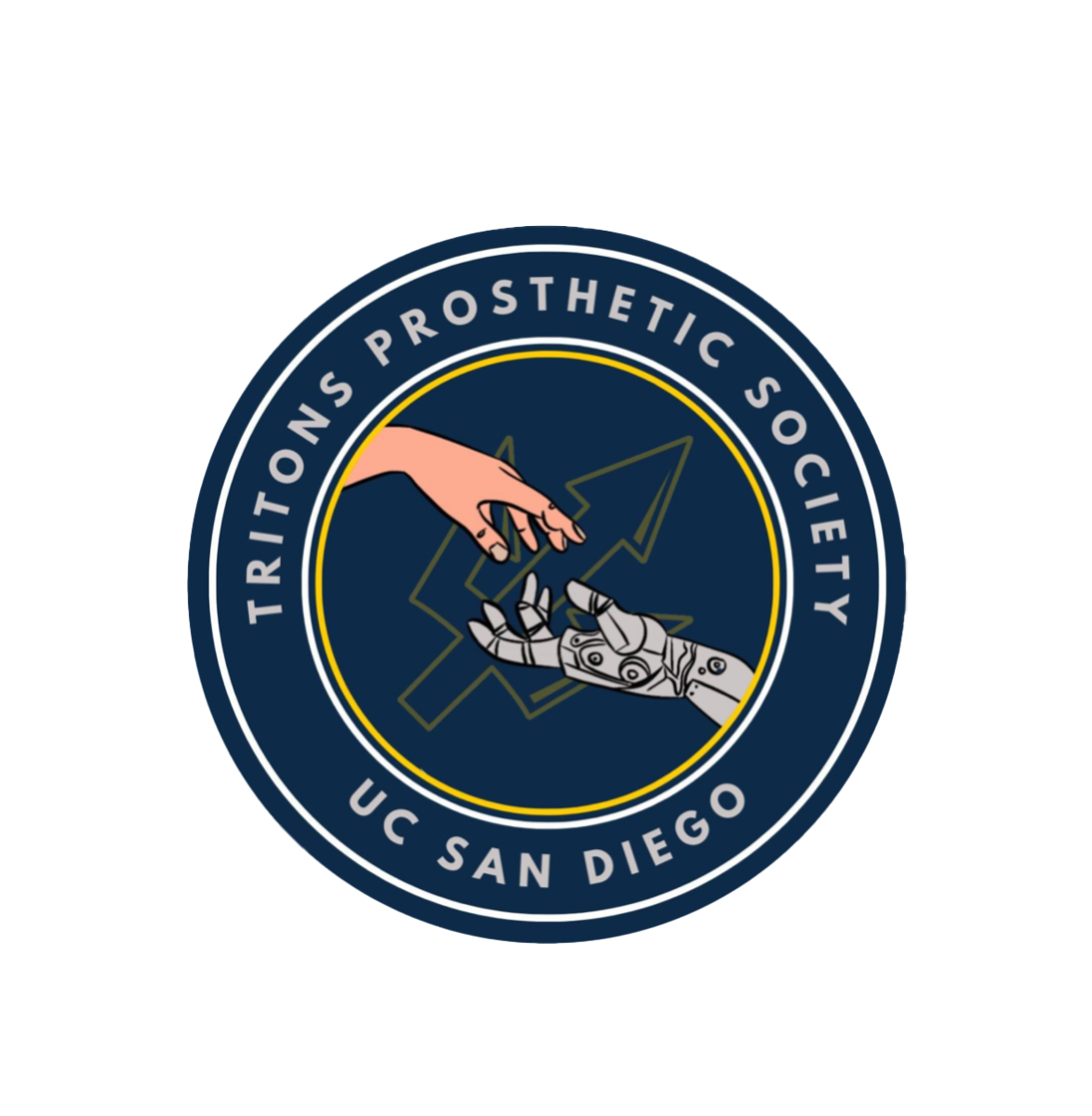Geisel Library is a defining point of UC San Diego’s campus, a reminder of what the university stands for as a public research university, and a reliable resource for students and visitors alike. For some guests, it is the first place they want to visit and for many students, it’s the last place they stop at before they go home for the day. Upon further examination, the abstract building resembles nurturing hands holding up and cradling a stack of books.
This makes sense as the name of the library honors Audrey and Theodor Geisel, the latter of whom is the famous author of children’s books such as “The Cat in the Hat” and “The Lorax.” Audrey’s Cafe sits on the second floor and then outside of the library is a bronze statue of a Theodor Geisel seated at his work desk with the Cat in the Hat standing by his side, the sights honoring the two donors. Geisel is better known by his affectionate and well-known pen name: Dr. Seuss. Now, it is a household name with many individuals wistful for the rhyming stories of their youth that paired with sweet images of anthropomorphic animals.
The second floor also holds the “Special Collections and Archives” area and a permanent display near the Seuss Room, containing beloved glass displays of thousands of his manuscripts, art works, rudimentary designs, original pieces, and other older relics. Nearby is the Seuss Room where events such as the New Writing Series readings from poets and authors take place. Perhaps a curious thing is what exactly made the vibrant author a potential candidate for the university library’s name. After all, the library was not always connected to the Geisel family.
The answer may be in the emphasis on literacy and education, both of which Audrey and Theodor Geisel supported.
Audrey Geisel — who was married to Theodor Geisel — donated $20 million to the UCSD library along with many of her husband’s original works in 1995, as he passed away just four years prior. Both of them were La Jolla residents. Thus, UCSD’s Central Library was renamed Geisel Library.
Still, Theodor Geisel’s prolific writing history also unveiled racist depictions and stereotypes from his trove of children’s books as well as improper political comics. The focus is not on his apologies, as it is known that he has since expressed remorse — genuine or not. It is on the people who believe that good change is enough and those who believe that while people are capable of change, they must still reap the consequences of their actions.
Some students on campus are aware of Geisel’s past and aren’t willing to let bygones be bygones. His legacy is made permanent in the life-sized bronze statue of Theodor Geisel, something that seems out of place when some consider the parts of his personal history that were not fair and kind to others. Sometimes, they were just cruel.
Philip Nel wrote “Was the Cat in the Hat Black? The Hidden Racism of Children’s Literature, and the Need for Diverse Books.” Nel is one of many who believe that the “Cat in the Hat” is an allusion to blackface minstrelsy, but understanding this reference could easily be overlooked in young children’s books. Others liken“Horton Hears a Who” to white-saviorism, while defenders of Geisel say that he was being civil and welcoming of everyone in the story. There is no doubt that further analyses of Geisel bring forward pressing concerns about his intentions while writing, even if the result was a colorful, witty children’s book.
There is also the concern that cutting out works of an author compromises the cultural integrity of the works.“And To Think That I Saw It On Mulberry Street” was Seuss’ first children’s book. The Seuss estate said that they would stop selling the book, along with six other ones as they deemed them offensive back in early 2021, which instead led to an increase in sales. Solutions to inappropriate wording or imagery include self-editing, in which authors tweak later copies of their works. But such efforts would be posthumous which may further compromise Geisel’s works, though some racist imagery (such as yellow tones on Chinese characters) had already been replaced by him in the the 70s when he expressed remorse for past works.
Perhaps by completely removing certain books that are deemed inappropriate, though, the audience isn’t able to appreciate a holistic understanding of the author as well as their wrongdoings. They may not be able to come to their own understanding of the book. The audience may discern the author’s sentiments in context of the time period when they are reading the book.
According to NBC News, some say that Dr Seuss’ books eluded criticism until recently because of anti-Asian racism in the U.S. since the 1800s and how symbolic Seuss’ books are of American childhood. The book “And To Think That I Saw It On Mulberry Street” was first published in 1937. Nel does not acknowledge or defend Geisel as a “man of his time,” stating that there were others who didn’t create works with racist undertones like Geisel.
But Dr. Seuss is a household name. He’s sold millions of copies of his books and donated generously during his life. His books warmed many children’s hearts, and many who read them did not discern their racist undertones. .
Geisel’s birthday is March 2, and celebrations will be on the rise with recognition of his colorful characters like Thing 1, Thing 2, the Lorax, and the Cat in the Hat. But there are also many in the UCSD community who remain bitter with his history and the influence his prejudicial thoughts have had on his artwork and personal stances — regardless of any apology made down the line.
Some look at Geisel’s statue and name in distaste because of how intransient his legacy seems to be and how much of it is a reminder of the past — the incredibly good and the incredibly discomfiting. Perhaps it’s not that atonement doesn’t exist for historical figures but that some consequences linger in the most innocuous of areas and need not be forgotten.
















Eunice K. • Feb 8, 2023 at 12:49 pm
Our pieces do not necessarily represent the official opinion of the university. This is the features section. Please feel free to email with any concerns.
Daphne H. Galang • Feb 3, 2023 at 5:26 pm
Dear Guardian Editor, As a fellow Asian-American scholar and editor, I am also concerned about the influence of media on perceptions of race. However, the headline of this article was not in formal journalism format, and there should have been a disclaimer that this was not the official opinion of the university . Sincerely, Daphne H. Galang, UCSD Alumna, and former ASUCSD Publicity Manager with further doctoral studies in Leadership Research